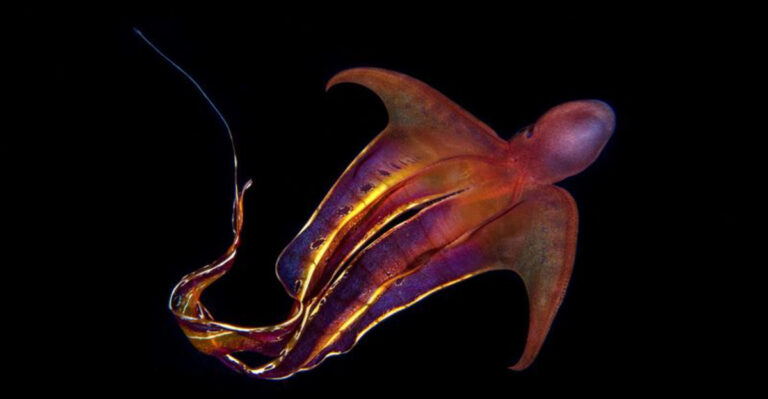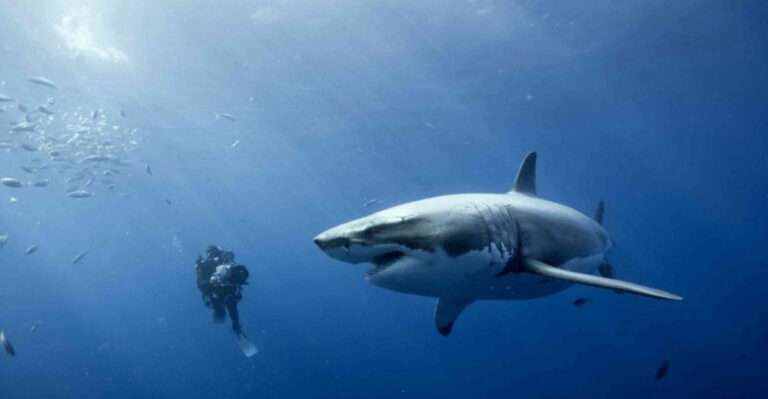The Crucial Differences Between Venom And Poison
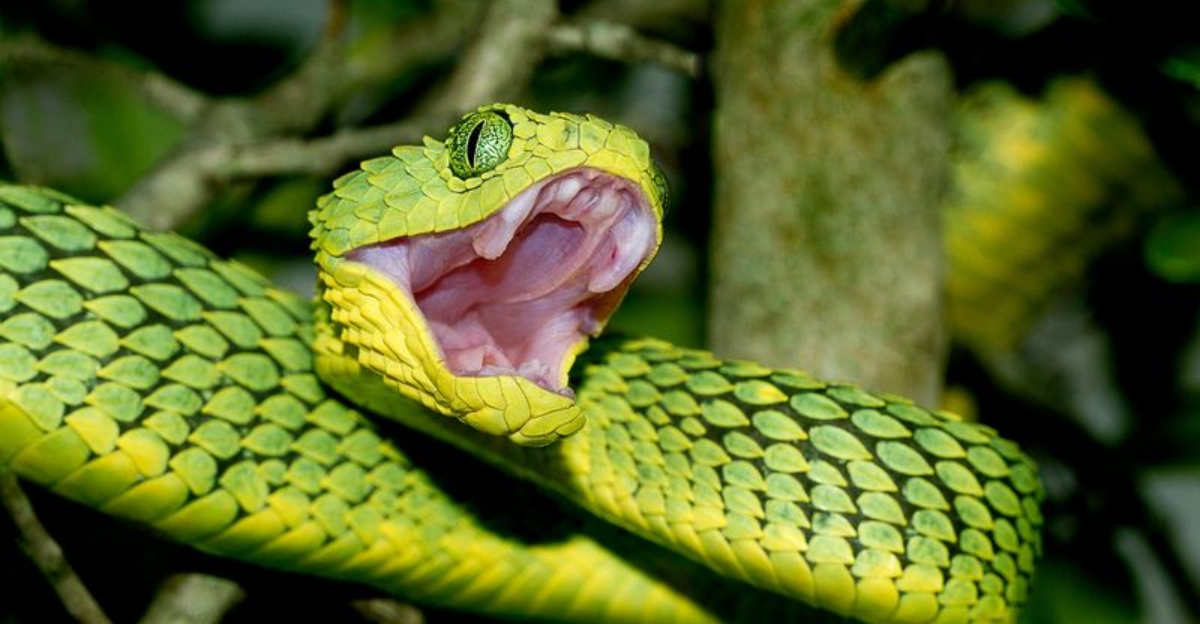
Ever wondered why we call some animals venomous and others poisonous? These terms aren’t just fancy scientific words – they describe completely different ways creatures use toxins.
Understanding the difference between venom and poison helps us appreciate how animals have evolved amazing defensive and hunting strategies.
1. Delivery Method Makes All The Difference
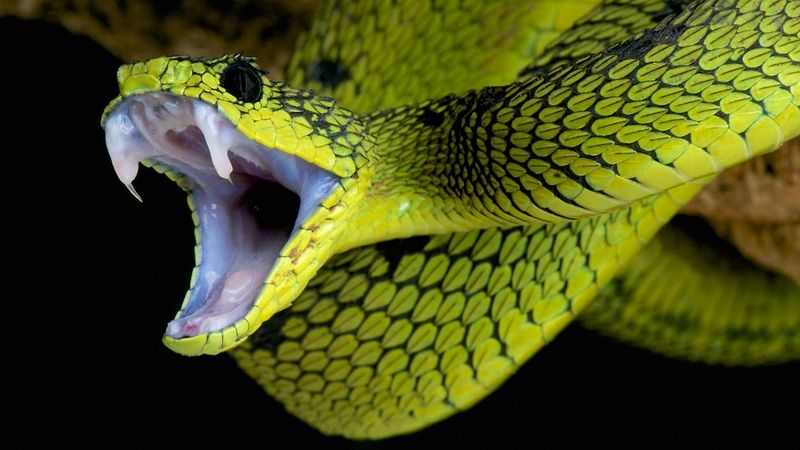
Think of venom as an injection—it must enter your bloodstream directly to work. Snakes use specialized fangs to puncture skin and deliver their toxic cocktail straight into your tissues.
Poison, on the other hand, takes a more passive approach. Touching a poison dart frog’s skin or eating a toxic mushroom allows the toxins to enter your system through absorption or digestion. This fundamental difference shapes how these creatures evolved.
2. Hunting Tool Vs. Self-Defense Shield
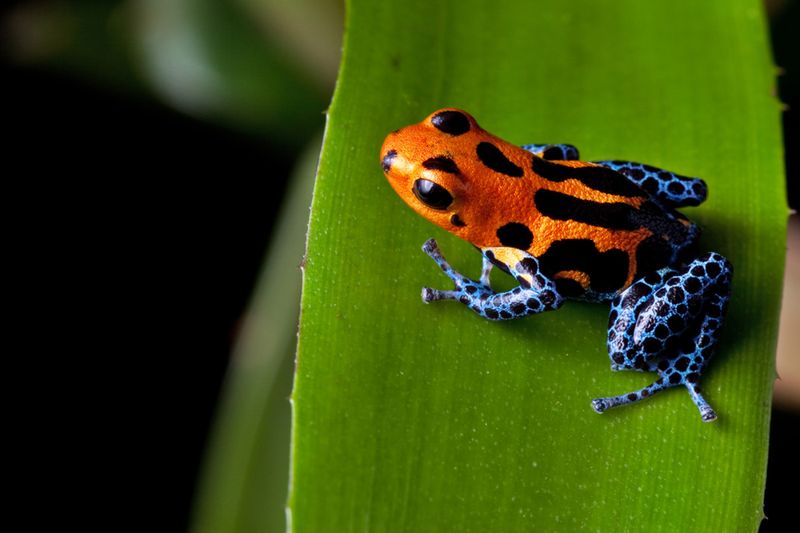
Venom serves as nature’s perfect hunting weapon. Watch how a spider paralyzes its prey with a single bite, allowing it to feast safely later. The toxins work quickly to immobilize victims, making escape nearly impossible.
Poisonous creatures rarely use their toxins for hunting. Instead, their bright colors warn predators: “Eat me and regret it!” This passive defense strategy keeps them safe without needing to attack first.
3. Active Attack Vs. Passive Protection
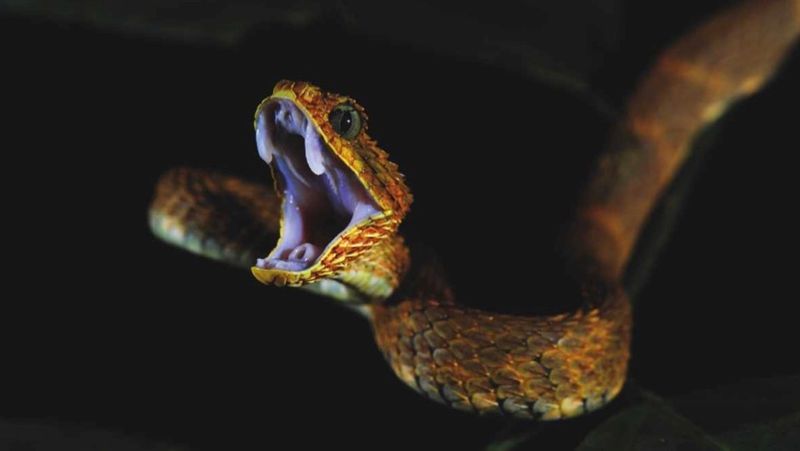
Venomous animals come equipped with specialized delivery systems—think scorpion stingers, snake fangs, or bee barbs. These animals actively use these weapons, injecting toxins directly into their targets.
Contrast this with poisonous creatures who simply exist as toxic entities. They don’t need to bite or sting; their tissues contain chemicals that harm anyone who consumes or touches them. Their very existence is their protection.
4. Reptiles
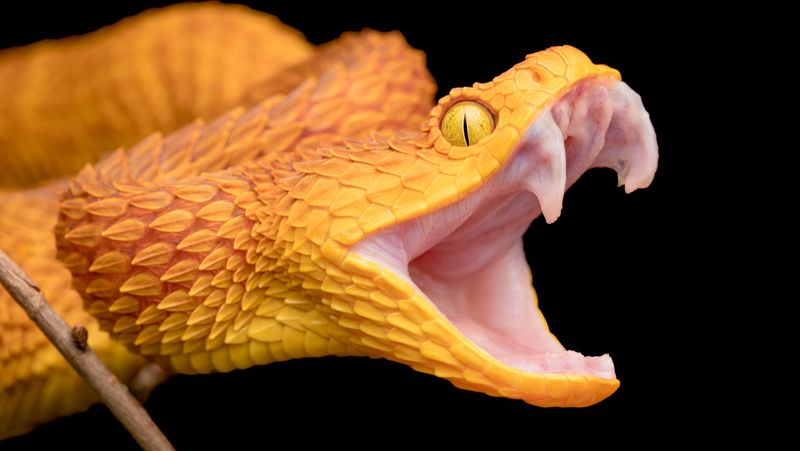
The reptile world boasts impressive venomous hunters. From the lightning-fast strike of a rattlesnake to the deadly spit of a cobra, these reptiles have perfected toxin delivery systems over millions of years.
Curiously, truly poisonous reptiles are exceedingly rare. Most reptiles rely on other defenses like camouflage, speed, or armor rather than toxic flesh. This evolutionary path shows how reptiles adapted primarily as hunters rather than prey.
5. Amphibians
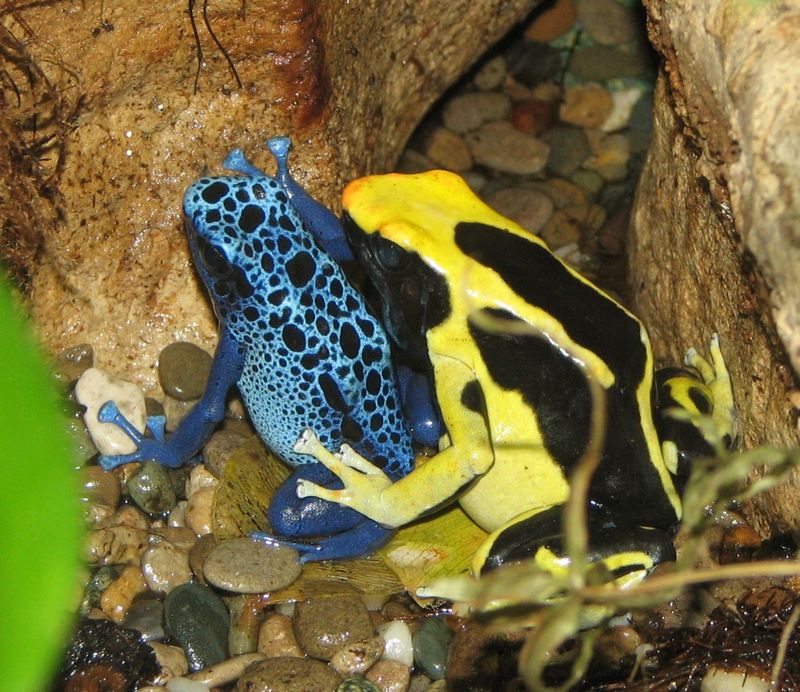
Among amphibians, poison reigns supreme. The iconic poison dart frog, with its psychedelic coloration, carries enough toxin on its tiny back to kill ten grown men. Their skin secretions serve as potent chemical shields.
Venomous amphibians are the oddballs in their family tree. The Spanish ribbed newt demonstrates this rare trait by forcing its sharp, toxin-coated ribs through its skin when threatened—creating makeshift toxic spears!
6. Insects
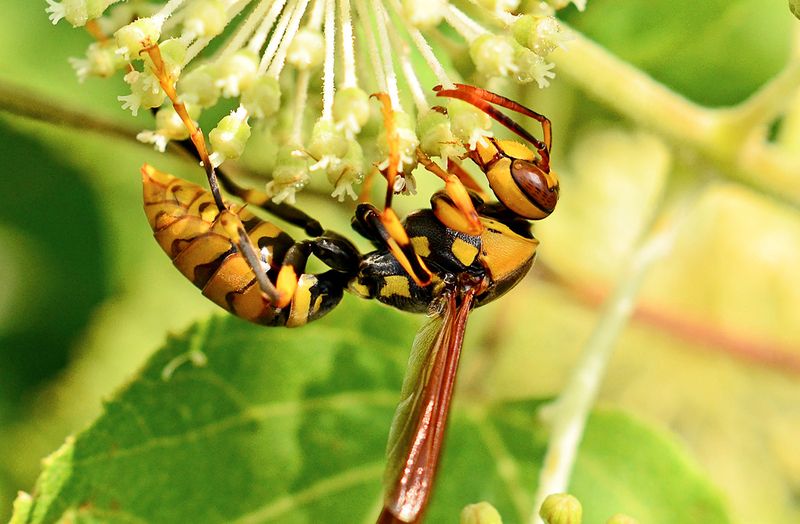
Bees, wasps, and ants form the venom royalty of the insect kingdom. Their stingers deliver painful toxins that can cause anything from mild irritation to life-threatening reactions in humans.
Meanwhile, beetles like the blister beetle employ a different strategy. When crushed or handled roughly, they release cantharidin—a caustic substance that creates painful blisters on skin. This passive defense mechanism protects them from careless predators without requiring an active attack.
7. Human Reactions Reveal The Source
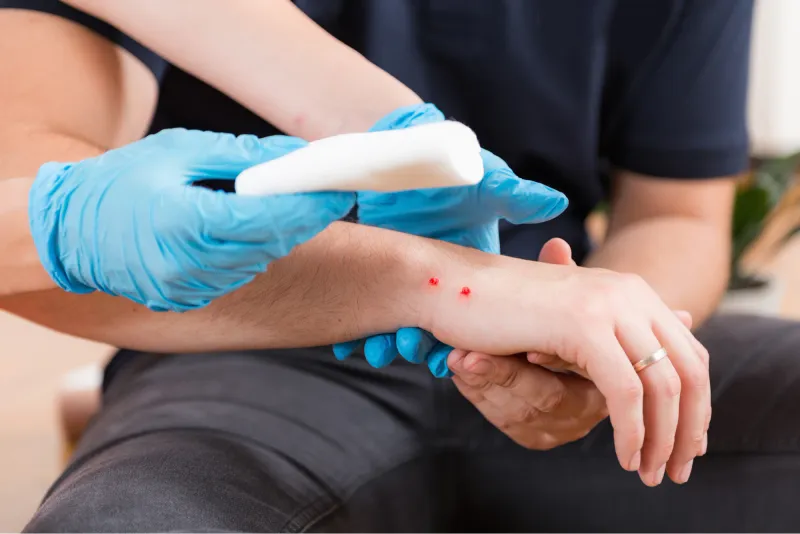
A venomous bite or sting typically creates immediate local drama—intense pain, swelling, and redness at the injection site. Think of the throbbing agony from a hornet sting spreading from the tiny puncture wound.
Poison exposure often works more mysteriously. Ingesting toxic mushrooms might cause no immediate pain, but hours later, your body revolts with nausea, hallucinations, or organ failure. This delayed reaction makes poisoning particularly dangerous.
8. Medical Treasure Chests In Disguise
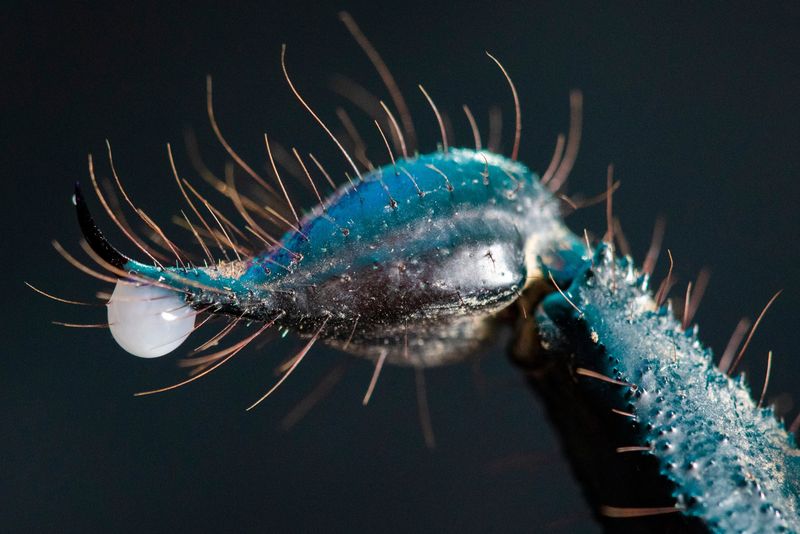
Snake venom has revolutionized medicine! The blood-pressure medication captopril came from studying pit viper venom. Scientists are now developing powerful painkillers from cone snail toxins and potential stroke treatments from vampire bat saliva.
Poisons offer medical potential too, but with greater challenges. The deadly toxin from pufferfish (tetrodotoxin) shows promise for pain management, but researchers must first tame its lethal properties. Nature’s most dangerous substances often hide lifesaving secrets.
9. Evolution’s Different Solutions
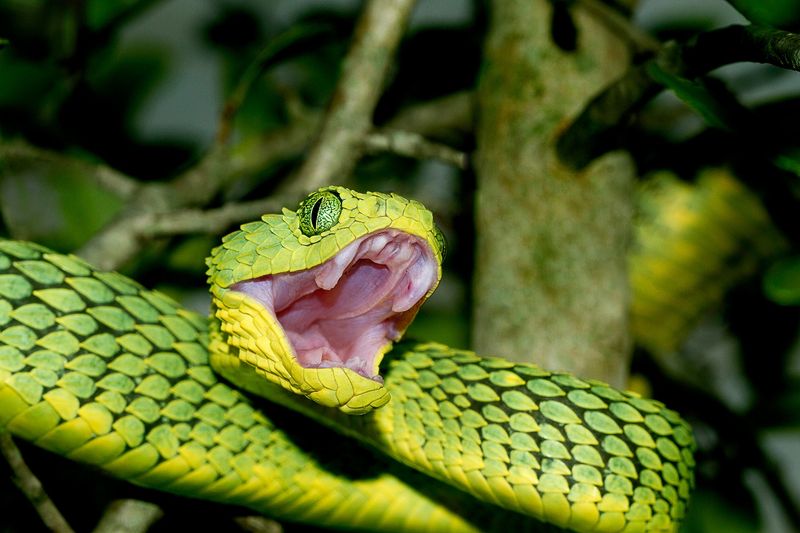
Venom evolved primarily as a hunting adaptation. When ancient snakes developed fangs and toxins, they gained a powerful advantage—the ability to subdue prey much larger than themselves without a prolonged struggle.
Poison represents evolution’s answer to a different problem: “How do I avoid being eaten?” Toxic skin or flesh deters predators from consuming the animal entirely. The bright colors many poisonous creatures sport aren’t accidental—they’re warning signs saying “danger inside!”
10. Nature’s Warning Signs
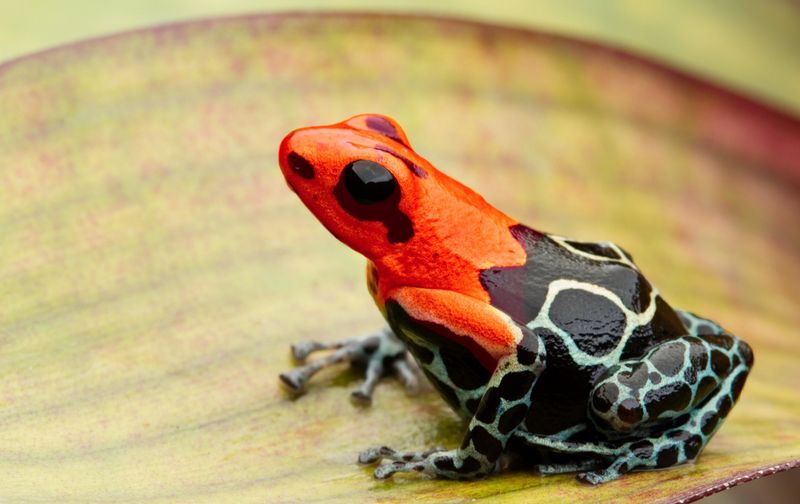
Venomous creatures often practice the art of concealment. The brown recluse spider hides in dark corners, while the stonefish buries itself in sand, both waiting to strike unsuspecting victims with hidden weapons.
Poisonous animals advertise their danger loudly! The monarch butterfly’s striking orange wings broadcast its toxicity. This phenomenon, called aposematism, works like a natural billboard warning: “Eating me would be a terrible mistake!” Predators quickly learn to avoid these bright signals.
11. Oceans Full Of Toxic Surprises
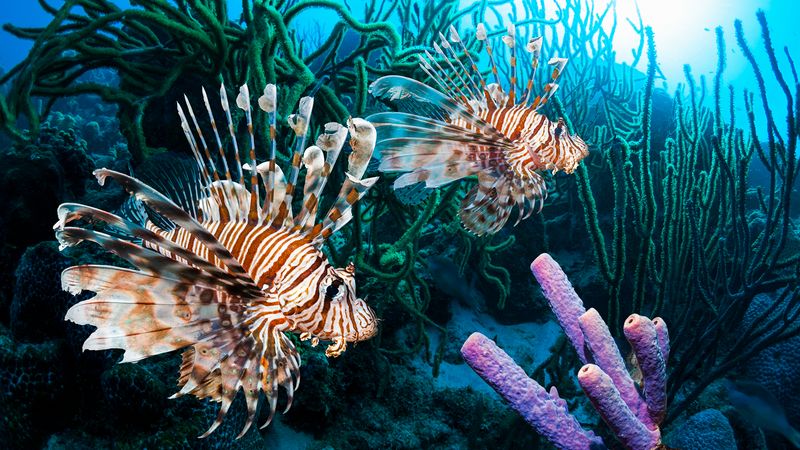
The ocean harbors some of Earth’s most sophisticated venom delivery systems. The beautiful lionfish sports venomous spines that cause excruciating pain, while the deceptively plain cone snail harpoons prey with a toxic dart faster than the blink of an eye.
Marine poisonous champions work differently. The infamous pufferfish contains tetrodotoxin throughout its organs—a poison 1,200 times deadlier than cyanide! Some shellfish become poisonous by accumulating toxins from the algae they filter.
12. The Linguistic Mix-Up
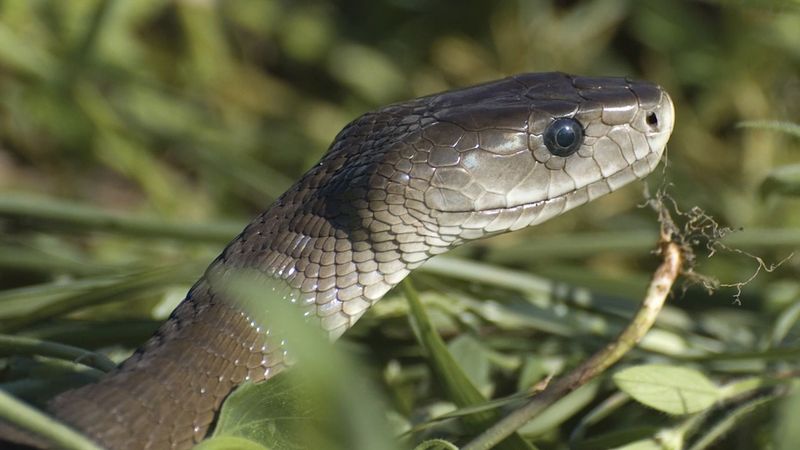
“Watch out for that poisonous snake!” We’ve all heard this common mistake. The confusion stems from how similar these defense mechanisms appear to casual observers, despite their fundamental differences.
Remember this simple rule: if it bites you and you get sick, it’s venomous. If you bite it and you get sick, it’s poisonous. This distinction might seem academic, but it reflects millions of years of different evolutionary paths and survival strategies in the animal kingdom.

